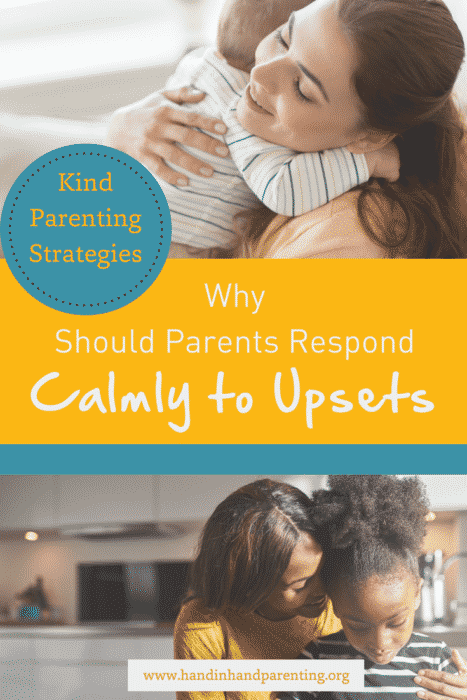![]()
 When my daughter was five and a half, we decided to take our craft project outside on a gorgeous afternoon. As soon as she sat down, a big black spider jumped on her arm and bit her.
When my daughter was five and a half, we decided to take our craft project outside on a gorgeous afternoon. As soon as she sat down, a big black spider jumped on her arm and bit her.
She screamed in pain and ran back inside.
I followed her and saw her arm was getting swollen. I could see from her expression how painful the bite had been.
I Met Her Upset With Calm
I met this sense of urgency with empathy and calm.
Between her cries, she would look at me in the eye, seeking reassurance. She cried even harder when she found it. “It's all red, and swollen,” she said.
“Yes, it is. Wow. Look at that” I replied, gently, holding that space for the intensity of her emotions without getting upset myself.
She kept on crying for several minutes.
From what I know about the science of listening to children cry, I believe she used this opportunity to express repressed feelings from other past events. This was her chance to let it all go and she cried and cried some more.
She cried hard. She cried long.
I listened with intention, and compassion – using a parenting tool called staylistening.
Crying Helped Her Recover, Not a “Fix”
 She asked for an ice pack, but I knew that she’d recover well not because of the ice pack but because she was free to let the fear of this experience out through her tears. There was no real medical emergency, and so I held back, waiting for the feelings to pass before I I attempted to intervene in a bid to “fix” what was wrong.
She asked for an ice pack, but I knew that she’d recover well not because of the ice pack but because she was free to let the fear of this experience out through her tears. There was no real medical emergency, and so I held back, waiting for the feelings to pass before I I attempted to intervene in a bid to “fix” what was wrong.
But when she was finally done crying, she relaxed and was at ease. Her arm had gotten much better, and she said she wouldn’t need the ice pack she had been so desperate for.
She looked at her bite with curiosity and then went off to play, confidently, as if saying all was well.
Because, well, all was well.
Why Responding With Calm Is Helpful
Human brains are wired to connect, through the brain's limbic system. When an upset child is listened to with warmth, the limbic system senses this, and the child can use this limbic connection to release the emotions that flood the system.
Crying is its own natural recovery process, and can be a powerful way for a child to heal hurts and restore good judgment, often, as Marilupe says, about events that have previously happened.
This acceptance by a parent to allow all feelings naturally fosters closeness between the parent and child too.
It can be hard to listen to your child's upsets if you haven't had anyone listen to you about the hardships you have in your life. Read more about how Listening Partnerships help with this.
If you are new to this approach, read this post What to Say During Staylistening and for more in-depth information on how children use crying to communicate and heal and how you can support this in our e-book about Crying.